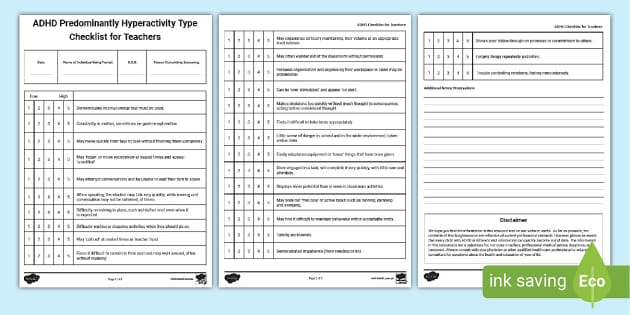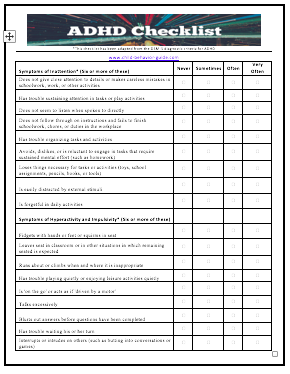

In fact, one research study found that when you’re trying to remember something, drawing it instead of writing it in words can be really helpful. Written lists are standard, but for some people, a sketch or other visual approach to list making is more appealing.

Then you can cross each item off as you go and are more likely to complete the project. Instead, break it down into the steps that are involved, giving each its own entry, such as: For example, “clean the kitchen” is so broad you might ignore it-and not just because you don’t like cleaning. If you have big items that need doing, break them down into separate steps. If you tend to do more than one kind of exercise-or none at all-and you’ve simply written “exercise,” your brain may see that item on the list and skip right over it. “Walk to the library and back” or “do 25 pushups and 25 sit-ups” is likely to get done, because all you have to do is read the item and you know what to do. When you’re thinking about what to include on your list, make sure you focus on specific actions you can take, rather than vague ideas. Or you might keep writing it down and feel disappointed that you never seem to get around to doing it.

Plus, writing it down over and over each day may make you stop paying attention to it over time, and then it will likely never happen. If one of your long-term goals is learning another language, you can’t expect to accomplish it in one day. You might need both, but it’s best to keep them separate. To-do lists can be for short-term (a day) or long-term (a year) planning. Whether you want to feel more organized in the mornings as you get ready for work and your kids off to the school bus or you have so many home-improvement projects you’re too overwhelmed to even begin, to-do lists can be an important tool in your life. It can be difficult retaining all the information about what you need to get done on a daily basis or over a longer span of time. You’re busy, you’ve got a lot on your mind, and ADHD often means thoughts come and go before you have a chance to act on them. The idea behind to-do lists is that they give you a place to write things down so you don’t have to worry about remembering them or tie strings around your fingers and hope that’s enough to jog your memory. But what does that mean, and how do you use one? You’ve heard it from organization experts and others: If you want to get things done, you need to keep to-do lists. You’ve read it in magazines, in books and online.


 0 kommentar(er)
0 kommentar(er)
